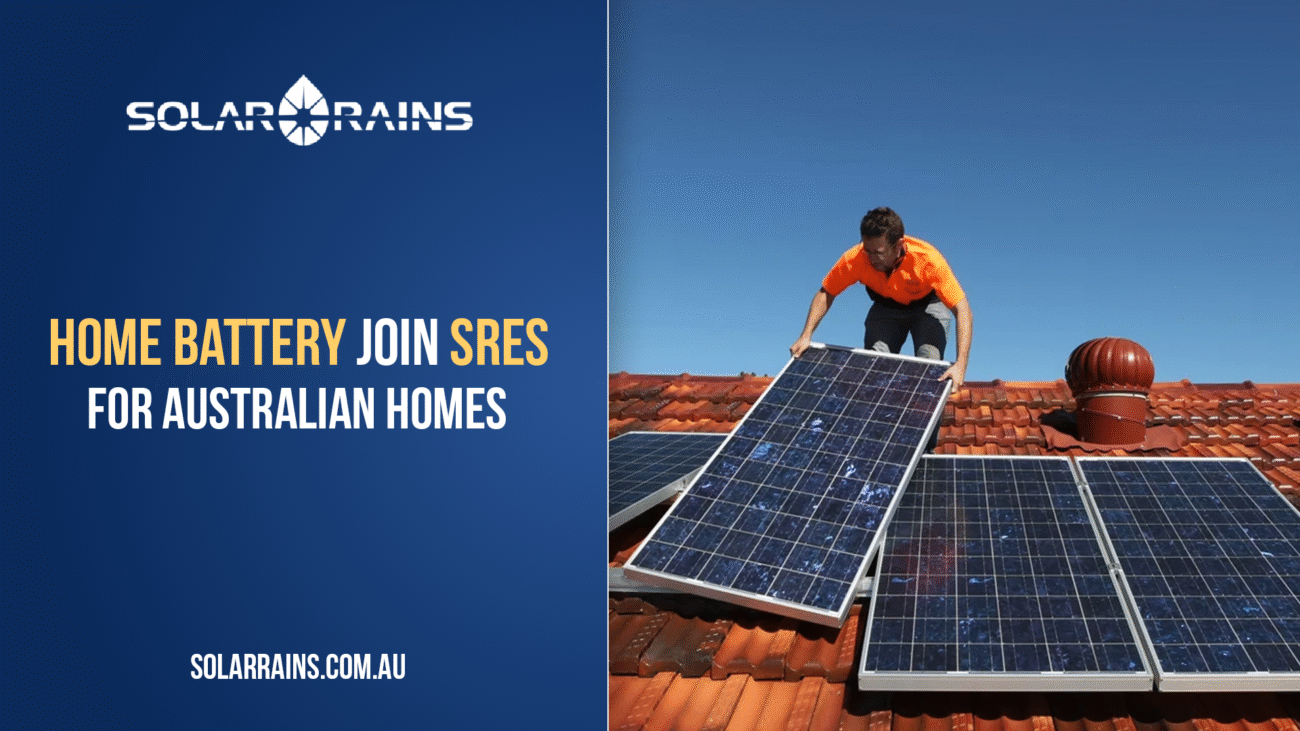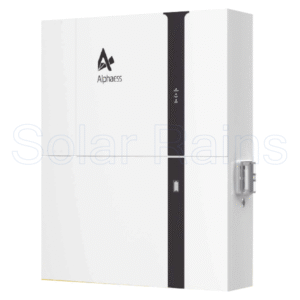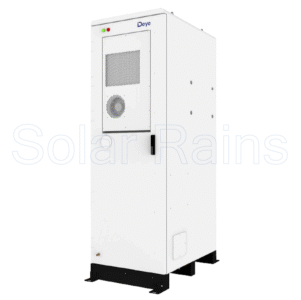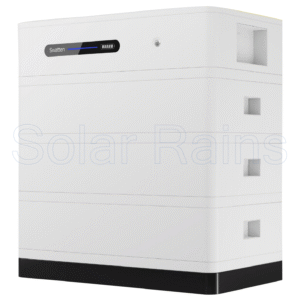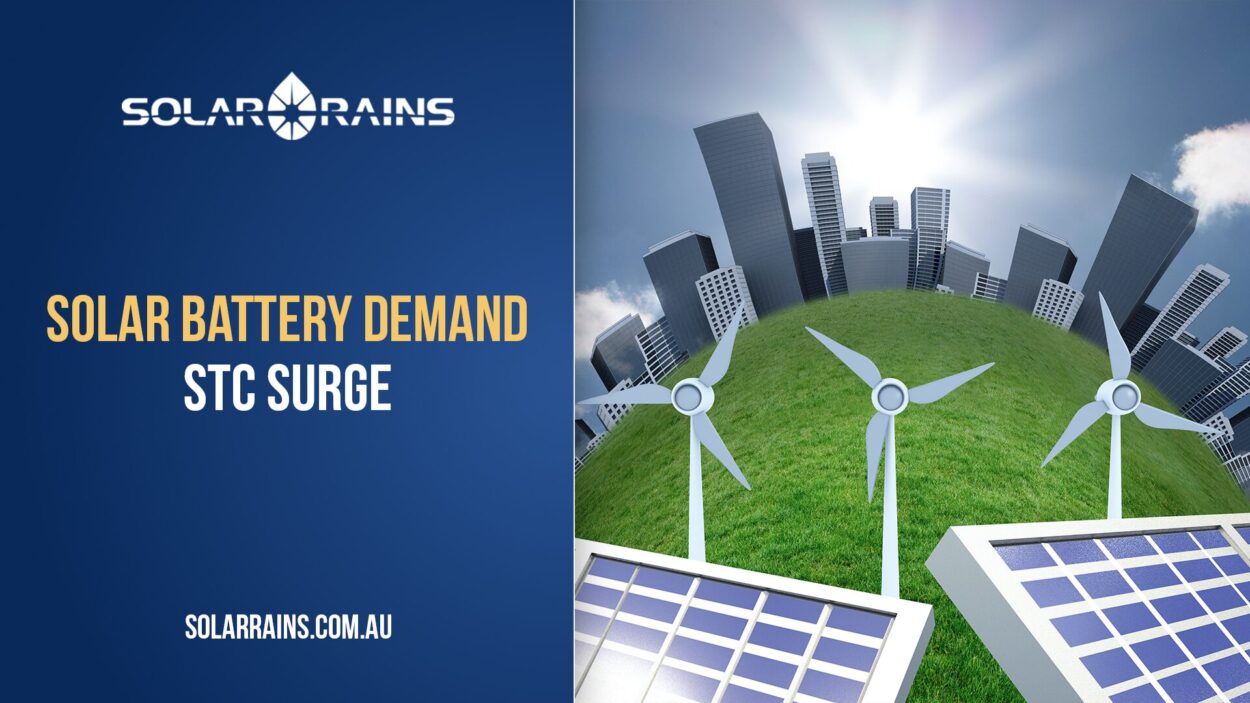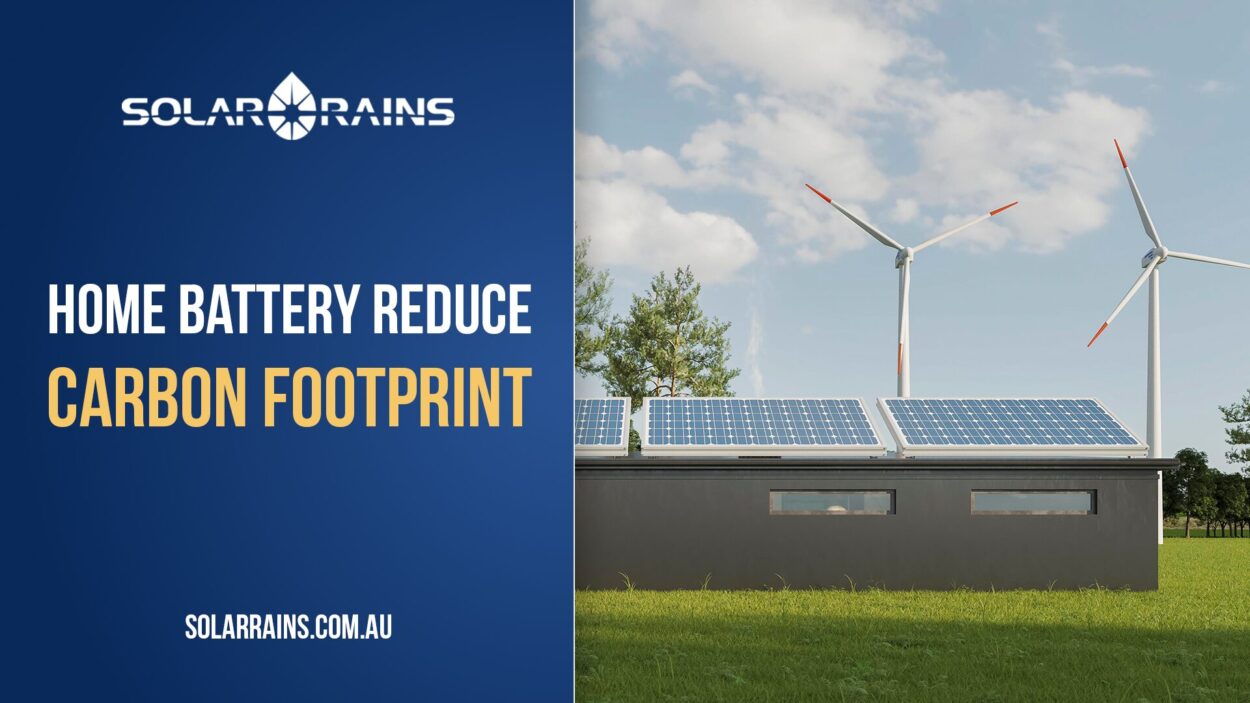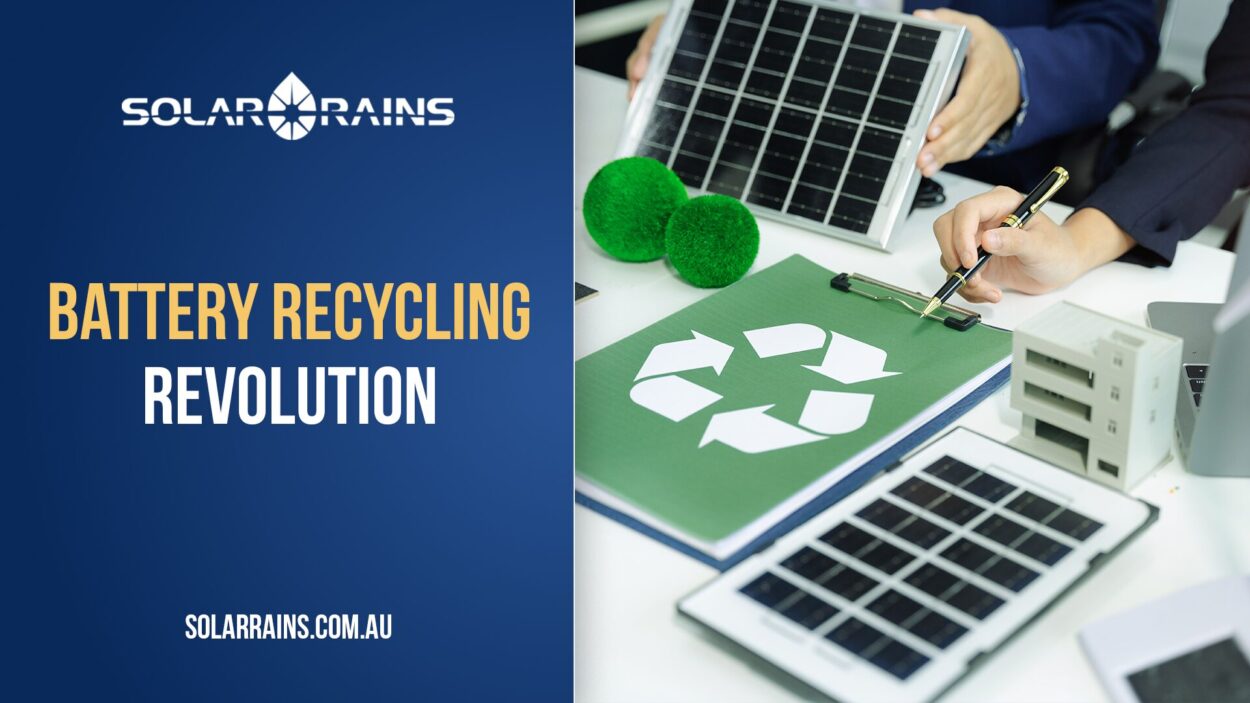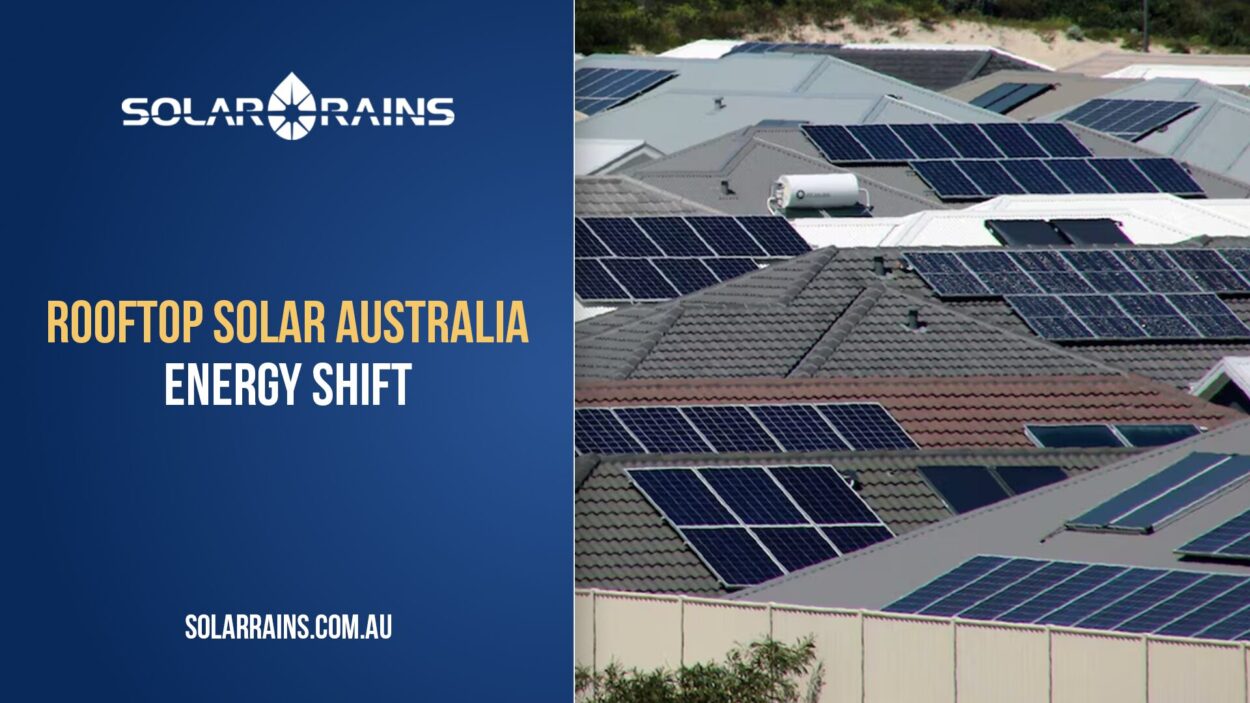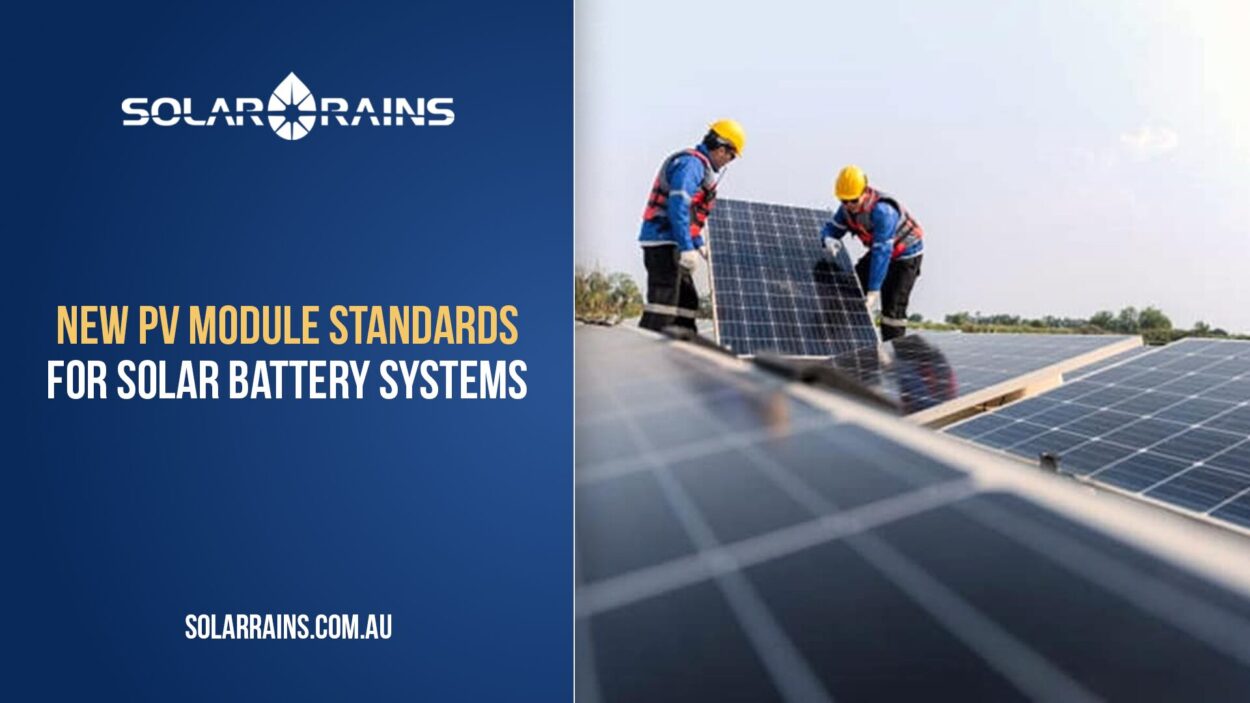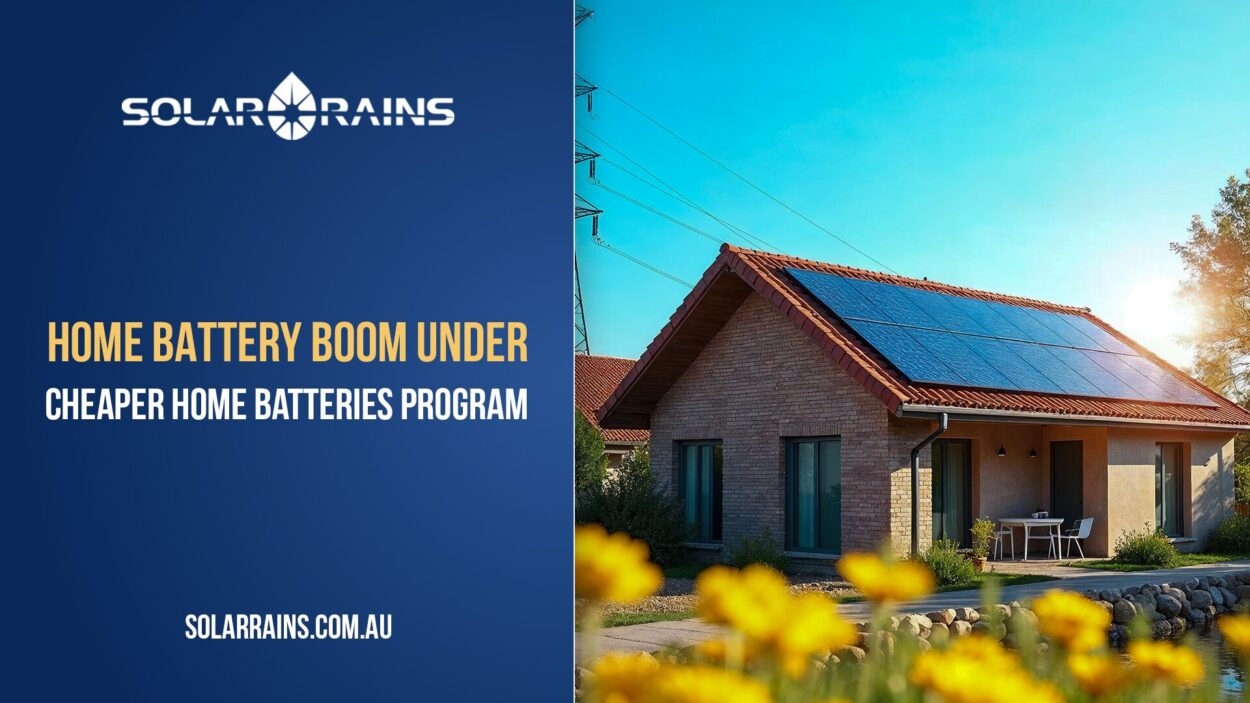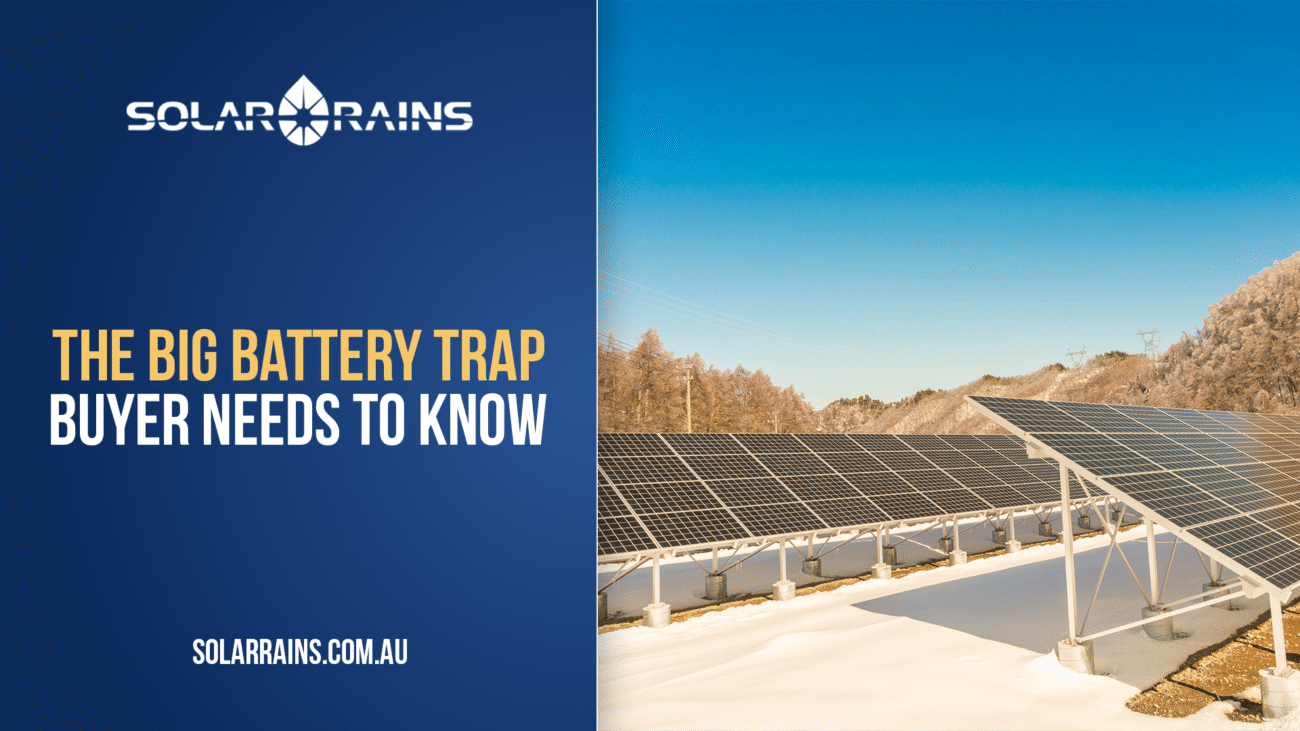What Is SRES?
Australia’s Small-scale Renewable Energy Scheme (SRES) is a key policy under the Renewable Energy Target (RET), designed to encourage the installation of small-scale renewable energy systems. Until now, this included solar PV panels, solar water heaters, and heat pumps,but not home battery systems.
That’s about to change.
In a significant policy development, the Australian Government has introduced legislation to expand SRES eligibility to include home battery systems. This means that homeowners may soon be able to claim Small-scale Technology Certificates (STCs) not just for solar panels, but also for adding batteries to new or existing systems.
For Australian families and small businesses, this could be a game changer.
What Is a Home Battery?
A home battery is an energy storage system that stores excess solar electricity for use at night or during power outages. It improves energy independence, reduces grid reliance, and enhances household resilience.
Home batteries are typically lithium-based (such as LFP or NMC chemistries) and are connected to the home’s solar inverter via AC or DC coupling.
With energy prices rising and feed-in tariffs shrinking, batteries are increasingly essential for homeowners looking to maximise their solar ROI.
What Is the Small-scale Renewable Energy Scheme (SRES)?
How It Works
Under SRES, eligible installations can create STCs tradable certificates that represent the environmental benefits of renewable energy. These STCs are sold to electricity retailers, who are legally required to purchase them, providing a financial incentive for system owners.
Until now, SRES only applied to:
- Small-scale solar PV systems (up to 100kW)
- Solar hot water systems
- Heat pumps
The proposal to include home batteries means owners can now claim certificates for the full system, not just the solar panels.
Who Manages SRES?
The scheme is administered by the Clean Energy Regulator (CER) and is subject to Australian Government legislation. Approved installers must follow strict compliance and installation guidelines.
Key Benefits of Adding Home Batteries to SRES
Upfront Cost Reduction
Solar batteries typically cost between $6,000 and $14,000 installed, depending on brand, capacity, and inverter compatibility. By accessing STC rebates, Australians could see significant upfront savings—especially when bundled with solar panels.
Encouragement for Retrofits
Existing solar users will now be incentivised to add batteries to their current systems. Previously, battery retrofits received little to no government support under national schemes.
Broader Market Adoption
This policy will accelerate battery uptake across Australia, which supports:
- Reduced grid pressure during peak demand
- Better load balancing
- Greater renewable energy self-sufficiency
Industry Growth
SRES expansion creates new opportunities for solar suppliers, battery manufacturers, accredited installers, and system integrators. The solar energy industry—including Solar Rains will benefit from broader demand and increased confidence in storage technologies.
Eligibility Criteria (Proposed)
While exact eligibility conditions are being finalised, the following is expected:
- Battery must be installed with an approved inverter by a CEC-accredited installer.
- The system must be grid-connected.
- The battery must meet safety and performance standards (e.g., IEC 62619, AS/NZS 5139).
- The site must be a residential or small business property.
- The homeowner must not have already claimed STCs for the same component.
More details will be available once the Clean Energy Regulator updates their guidelines.
How to Claim STCs for Solar Batteries
Once legislation is passed, here’s what a typical process might look like:
- Get a Quote: Contact your solar supplier or installer for a battery-inclusive quote.
- Check Eligibility: Confirm if the battery model, inverter, and site meet requirements.
- Installation: The system is installed and signed off by a licensed electrician.
- Certificate Creation: Your installer or agent creates STCs on your behalf.
- Certificate Sale: STCs are sold to liable entities, reducing your system’s net cost.
Solar Rains can help customers with end-to-end guidance—from choosing a certified battery to navigating rebate paperwork.
Solar Battery Brands That May Be Eligible
While the full list of eligible battery models is yet to be finalised, Solar Rains recommends the following solar battery brands known for compliance and quality:
- AlphaESS – known for advanced hybrid systems and VPP compatibility.
- Deye Battery Systems – scalable LFP storage suitable for both residential and commercial use.
- Swatten Batteries – affordable, stackable options ideal for retrofits and small homes.
Each of these brands is available via Solar Rains’ battery product range and will likely qualify once full guidelines are released.
Impact on Australia’s Renewable Goals
The inclusion of home batteries in SRES supports broader climate targets:
- Helps achieve net zero by 2050
- Reduces load on ageing grid infrastructure
- Encourages innovation in energy storage technologies
- Supports community resilience during heatwaves and blackouts
It aligns with other initiatives like the NSW Peak Demand Reduction Scheme and SA’s VPP battery incentives.
FAQs
The legislation was introduced in early 2025. The Clean Energy Regulator is expected to release full implementation details in the second half of the year.
Currently, STCs are issued for systems. If adding a battery to an existing solar PV setup, you may be eligible for additional STCs pending the final design of the rule.
Yes. State-level battery rebates will continue and can be combined with SRES once batteries are included. This can dramatically reduce upfront cost.
Yes. Small businesses under the 100kW system cap may be eligible.
Unfortunately, retroactive claims for past installations are not expected to be eligible. Only systems installed after the policy takes effect will qualify.
Yes. STC value depends on supply and demand. Your installer will provide a quote based on current market rates.
Conclusion: What Solar Rains Recommends
The inclusion of home battery systems in the SRES is a long-awaited policy shift that could unlock thousands of dollars in savings for Australians.
Solar Rains recommends:
- Waiting for final rules before committing to battery purchases solely for STCs
- Choosing CEC-accredited installers and compliant brands
- Combining SRES with existing rebates for maximum benefit
As one of Australia’s trusted solar power suppliers, Solar Rains will provide ongoing updates and help homeowners navigate this exciting transition.

